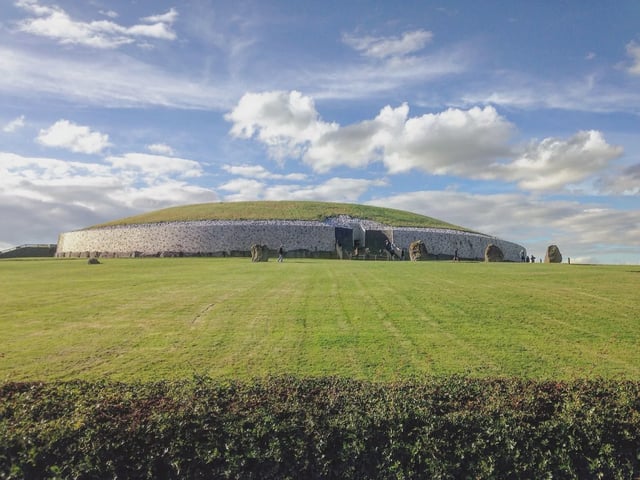Overview
- A research team from the University of York and University College Dublin found no evidence of an incestuous ruling class among Neolithic Irish communities.
- DNA sequencing shows individuals buried at Newgrange were related only as distant kin, such as second cousins, rather than through immediate family ties.
- Archaeological and isotopic data from nearby settlements indicate similar diets and dwellings across populations, undermining claims of a social or economic elite.
- The communal use of passage tombs appears to have fostered broad kinship bonds instead of serving as exclusive mortuary sites for a royal lineage.
- The only case of probable incest (skull fragment NG10) may not represent an initial Newgrange burial due to post-prehistoric disturbances in the monument’s interior.

